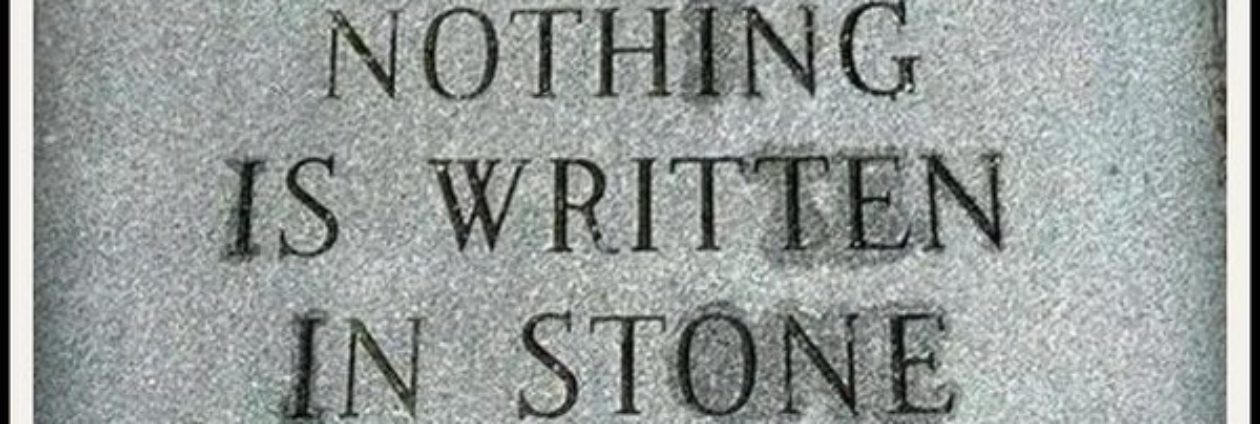



They call him just the pig, though he’s more than that. A squat figure of concrete planted on West Main, round-bellied and silent, carrying the weight of Salem’s years in paint and shadow.
The elders whisper that when Henry’s barbecue joint closed, the town grew restless. Windows darkened, smoke gone from the pit, but people felt the loss in their bones. Something lingered, wanting a place to live on. So the pig stayed. And with each fresh coat of paint, he learned to listen.
Children mark his hide with birthday wishes and bright doodles, never knowing the stone soaks up their voices. Lovers scrawl their names, and months later, when the paint fades, their romance too crumbles like chipped acrylic. Preachers leave blessings, and for a season the air seems lighter. Protesters splash slogans in the night, and by dawn the town feels braced for change. What is written on him has a way of echoing back.
Some say if you pass him after midnight, when the street is empty and the lamps buzz with moths, you’ll hear him shifting his trotters against the pavement. Just enough to shake loose the old stories, to make room for the new. His eyes — blank and painted over a thousand times — are never the same color twice, yet they follow. Always watching.
It’s said Salem has been spared worse storms than its neighbors, spared fires that could have swept whole blocks, because the pig takes it on himself. He drinks down the town’s misfortune like rain. But he demands attention in return. If the paint ever stops, if people forget to mark him, his belly will grow heavy with unshed stories, and the luck of Salem will sour.
So the brushes keep coming. Small hands, weary hands, bold hands with spray cans in the dark. The pig wears it all, a patchwork shroud of human hope and folly. Protector, trickster, omen.
And he will not leave. Not until Salem does.
#salemva #paintedpig #appalachianfolklore #concretespirit #roanokeva
